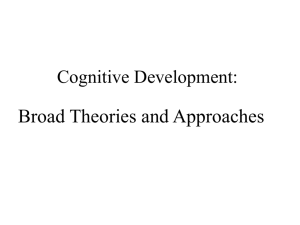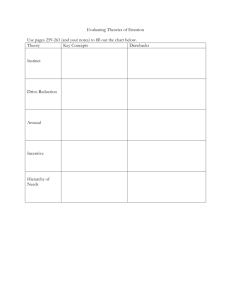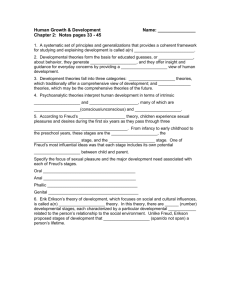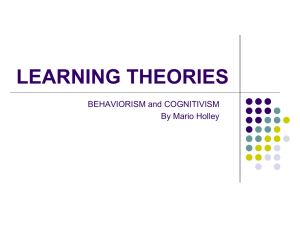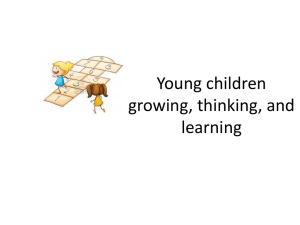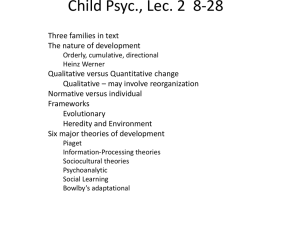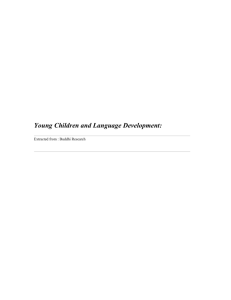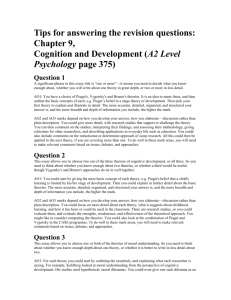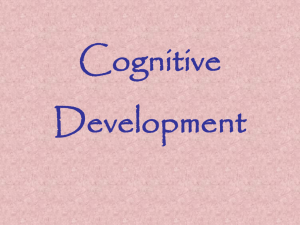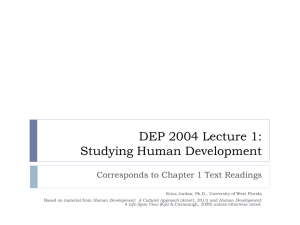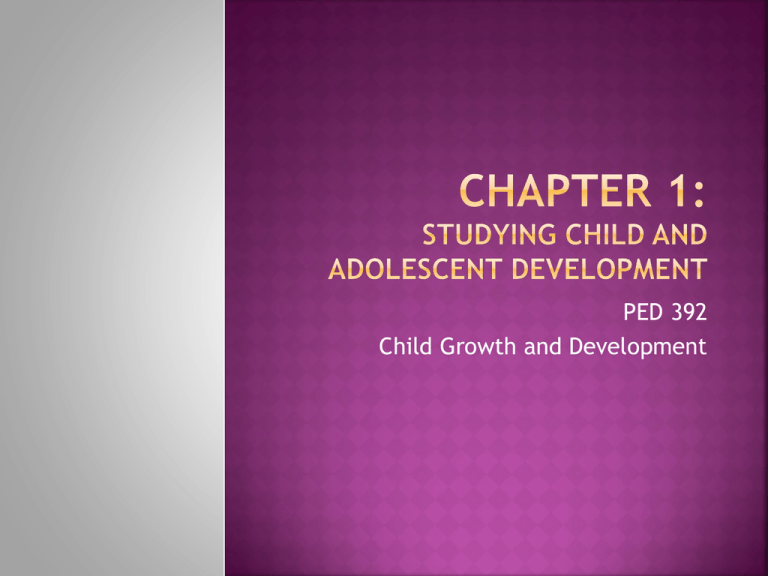
PED 392
Child Growth and Development
Home
= 41%
School = 32%
Public Settings = 27%
If
1/3 of a child's development happens at
school, teachers should be prepared to
enhance that development
60%
received regular care from someone
other than a parent
75% can make friends easily
66% recognize letters
94% can count to 10
Populations
Ethnic
diversity
Special needs students
Poverty
Family structures
Each
requires different needs for those
students with these situations.
Changes
The
that occur in the child over time.
key is OVER TIME.
Every child develops, some just develop at
different speeds and levels.
Biological
Psychoanalytical
Behavioral
Cognitive
Contextual
Which
is correct?
Predetermined
biological timetable
All children progress through predictable stages
Environment
plays little or no role in the
sequence of the stages
How
the child relates to the environment
Stages
build upon each others (Piaget,
Erickson, Freud)
How
does the child deal with different needs
at different stages?
Behaviors
are influenced by the environment
Gradual, continuous process
Punishments and rewards
Albert
and the rat - loud noises associated
with the rat, Albert became afraid of the rat
alone
Pavlov’s dog - conditioned to eat with the
sound of a bell – bell makes him salivate.
Cognitive
Development Theories
Piaget’s Theory
Information
Supercomputer
Social
Processing Theories
Learning Theories
Process and store social behaviors
Children
pass through the same sequence of
stages, but not at the same ages
Piaget
Sensorimotor
Preoperational
Concrete Operational
Formal Operational
Gradual increases in thinking result from increases in
attention, memory and acquiring strategies for
learning.
The brain is like a computer, with information being
entered, processed and stored.
Interplay between information from the environment
and the information processing system of the child
Existing knowledge influences ability to learn new
Learning
social behaviors
Store information from observation and imitation
Consequences of actions regulate behaviors
The
child may influence the environment in
the same way the environment influences
the child.
The
child plays an active role in development
Actively seeks different social contexts
Social-cultural
Ecological
Lev
Vygotsky
Knowledge is co-constructed between people
Interactions between two people build each persons
knowledge
Language
is a key component
Russian
dolls – layers of development
Child is #1
Physical and social environment are #2
Shared beliefs, values, customs are #3
Historical events (laws) is #4
Which
is correct?
Answer:
All of them
These theories combine to form a full view of the
overall development of the child.
Teachers should be aware of all the different
theorietical approaches to development
Case
studies – one person is studied; may
include researcher bias
Correlational studies – Associations of
different variables; not cause and effect
Longitudinal studies – Follows children over
time to see changes; takes years to
complete.
Cross sectional studies – Different students at
different ages at the same time; much
quicker, but there are variations in subjects
Generalizability – How well the findings apply to
another sample, or the general population.
Reliability – The consistency of the measurement
under similar circumstances.
Ethnicity, ages, sex, social class, etc
Can the study be done the same way, and get the same
results a 2nd time.
Validity – Whether it provides an accurate measure of
the phenomenon.
Head size = intelligence levels?
IRB
– Institutional Review Board
Used for “special populations”
Checks the effects of the study on the individual
being studied
Is it safe, no adverse affects on subjects
Informed consent (parents or guardians)

